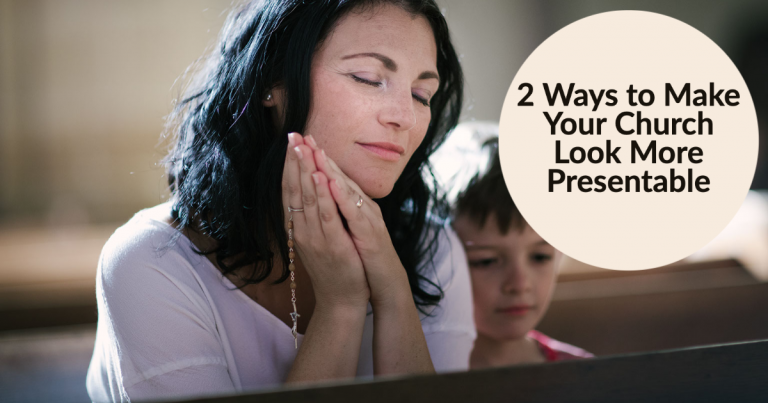

Most people are probably familiar with church steeples and the beauty they bring to churches and religious houses of worship. This is especially true if you live in the Southern United States, because eight of the top ten religious states are located here. The most religious state is Mississippi, with close to 60% of residents self-reporting their beliefs as “very religious.” It is easy to assume that these structures were always there, and you might not even think about the huge market of church steeples for sale. In fact, they are a hot item because churchgoers are more likely to notice a church that has a carefully crafted piece of art sitting atop the main worship area.
With just under 70% of Americans attending church occasionally, according to a Gallup poll, it might be worth taking a moment to think about the origins of church steeples for sale and the rich history that accompanies these wonderful structures. It’s especially timely topic to discuss around the holiday time of year, because this is a popular time for people to attend religious services even if they haven’t found the time during other months. It’s a great time to reflect on religious gatherings as a time to not only spend time with friends and family, but to appreciate the history behind different religions that has shaped our society today.
Church Steeple History: An Abridged Version
- The origins of church steeples lie in military watch towers.
- Church steeples used to be separate buildings.
- Many famed steeples have been lost to natural disasters.
Churches going back to 600 AD did not even incorporate steeples because they weren’t a standard feature of religious buildings. Then they were introduced and were largely influenced by military buildings and resembled clock towers at the time. Their purpose was initially to display the time and they carried out their duty, but as time progressed these watch towers evolved to become primarily an aesthetic addition to religious buildings.
It’s fair to say that there was not a large market for church steeples for sale that sat atop buildings of worship until several hundred years ago, because at the beginning of their introduction these structures were actually completely separate from their associated church. In fact, the first steeples were not steeples at all and really resembled a less elaborate form of the modern version. As steeples were added to the roofs of churches, they became increasingly pointed to elicit a dramatic effect and reach toward the heavens, and it is from this trend that we got the familiar steeples we know today.
The slender, pointed design of church steeples makes them highly susceptible to environmental damage, specifically earthquakes and lightening. Unfortunately a rich part of steeple history has been lost over the years as various structures have been destroyed by unpredictable natural disasters. One estimate suggests that nearly 50% of Roman steeples have been lost to such events. Today, these are only preserved in paintings and other art from the era that displays the precision and care with which historical steeples were crafted.
There you have it, a quick review on the importance and origins of church steeples. For more information, just head into town and view some local churches around the area to appreciate the design this holiday season!

